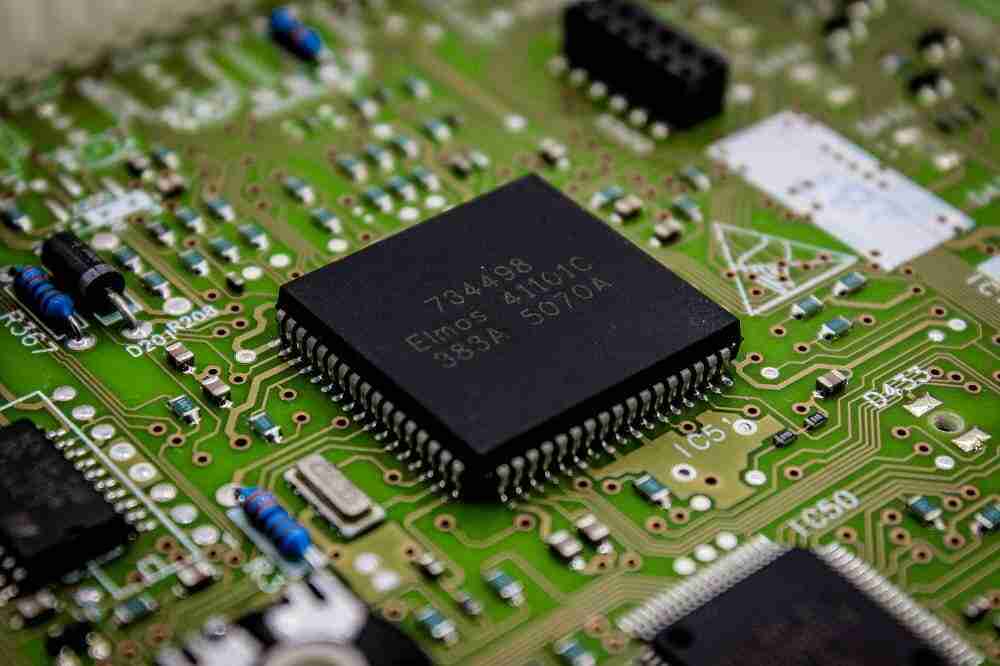Printed circuit boards (PCBs) are the core components of electronic products, and PCB quality directly affects the performance and service life of the product.
If you don’t want to waste time and money working with a weak PCB manufacturer, you must learn how to distinguish the quality of circuit boards.
When judging whether the circuit board is good or bad, it needs to be carefully inspected to ensure PCB quality meets the requirements.
There are two ways to judge the quality of a circuit board: appearance inspection and performance judgment.
Step 1: Appearance Inspection
During the appearance inspection stage, every aspect of the circuit board must be carefully examined, from size and thickness to the firmness of the solder joints.
First, Check whether the size and thickness of the circuit board are accurate to the design specifications. It is directly related to the reasonable installation of components and the strength of the overall structure of the circuit board.
Next, carefully observe the surface gloss to ensure it’s uniform and avoid scratches and bumps.
The most important thing is to check the solder joints. As the link connects the circuit, the solder joints need to be observed with the naked eye or with auxiliary tools such as a multimeter to ensure that the connection is reliable and there are no defects such as falling off or voids.
The steps for appearance inspection are as follows:
1. Check the size and thickness of the circuit board in detail to ensure that it is consistent with the design.
2. Carefully observe the surface gloss and ensure no scratches or unevenness.
3. Carefully check the solder joints to ensure they are firm and reliable without loosening or voids.
Step 2: Performance judgment
The performance check steps are as follows:
1. Use a multimeter to test the continuity and impedance of the circuit board to ensure a reliable electrical connection.
2. Use professional measuring tools to check line width, thickness, and spacing to ensure they meet design specifications.
3. Conduct comprehensive tests in high temperatures, high humidity, or particular environments to verify its tolerance.
4. We use mechanical tools to make shock tests to ensure mechanical properties meet the installation requirements.
In a word, By comprehensively considering appearance, electrical performance, internal structure, and operational performance, we can ensure that the circuit board reaches excellence.
How to ensure PCB quality?
Each step of the PCB manufacturing and assembly process is interconnected. There are no problems in each stage. We can get a high-quality, high-performance printed circuit board. The following aspects of PCB quality control need to be done during the manufacturing and assembly of printed circuit boards:
1)PCB design quality control
1. Make sure the circuit board pattern and circuit connections are correct.
2. Ensure the manufacturability and testability of the circuit board design.
3. Ensure the standardization and compliance of PCB design.
2)PCB Manufacturing and Assembly Quality Control
1. Find a reliable PCB manufacturer.
2. Make sure the circuit board material complies with ROHS regulations.
3. Carefully check the quality of the circuit board at the critical stage of PCB manufacturing.
4. On-site supervision of PCB assemblers to operate by specifications.
Summary
Whether you manufacture PCBs yourself or purchase turnkey assembly services, it is important to learn how to identify PCB quality. It can reduce your financial losses and affect the final product’s performance. Circuitcardassembly is one of the best high quality PCB manufacturers in China. We have been in the PCB industry for more than ten years. You can trust us. If you need it, contact us!
Get the high quality PCB Now!






